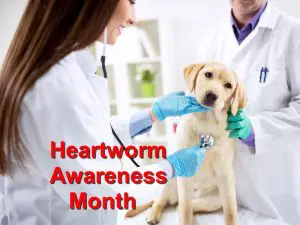When is it Really Time to Panic?
Handy Tips to Defusing Pet Emergency Situations
There’s no denying that new pet owners, especially those with no previous experience/history with animals, often have no clue whatsoever to dissecting the tell-tale signs of serious pet emergencies. As a result, most tend to fall victim to either waiting until it’s too late to salvage the situation or over-reacting to simple or non-existent ailments. That said, here’s how you know when it’s time to panic and when its time to play cool and let things fizzle out by themselves.
Recognizing Pet Emergencies
More than 85% of serious pet ailments are usually projected via a few common symptoms, among them is vomiting. But there’s a catch to it. If your pet starts to periodically vomit, but still shows the desire to drink or eat, then its most probably just a simple case of food poisoning that is primed to go away by itself. As a matter of fact, it is advisable to restrain the animal from eating and drinking anything for at least 12 hours until the vomiting stint clears. The reason here is that anything that they will ingest at this juncture will only serve to induce more vomiting. This will also prevent their stomach from stretching out excessively. Having said that, it is time to call your local vet or animal emergency clinic if the vomiting persists for over 48 hours or if the pet shows signs of restlessness or depression. The same goes for a swollen abdomen or dry heaving.
Watch out for Persistent Diarrhoea
As far as loose stool is concerned, there are typically two types of diarrhea. The first is the colon diarrhea that is characterized by soft/mushy stool sometimes encased in blood or mucus. The pet is also likely to be lethargic, depressed or unanimated. On the hand, small intestinal complications are accompanied by watery stool with the animal seeming agitated or acutely depressed. In this case, we would recommend feeding the animal a bland, easy-to-digest diet such as pasta, mashed potatoes or boiled soft white meat such as chicken. Of course, if the symptoms worsen/persist over the next couple of days, then it is time to check in with your local veterinarian.
Limping
Pet parents have the tendency to freak out if their dog starts limping suddenly or without any plausible reason. However, most of the time, this is just a simple case of soft tissue injury/strain/inflammation whose remedy is a simple ice pack application. Therefore, not unless you witnessed your pet being in a major physical incident or accident where a few bones could be broken, it is usually not enough reason to panic.





